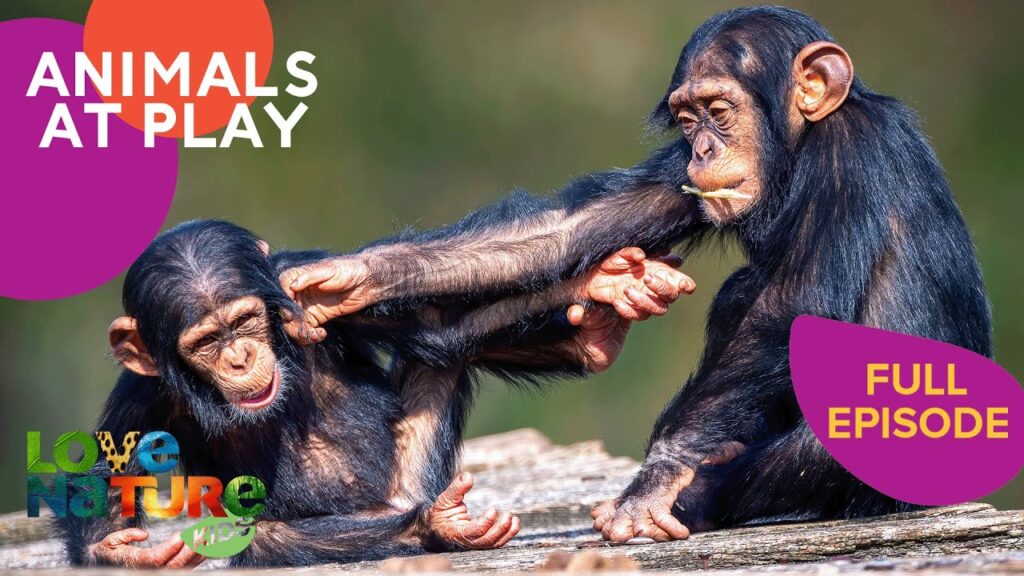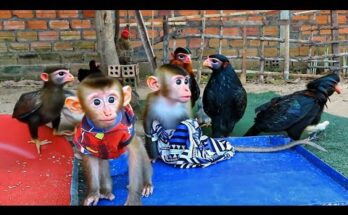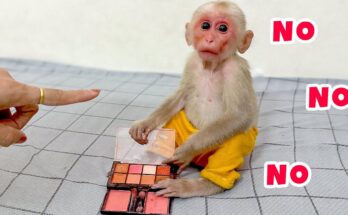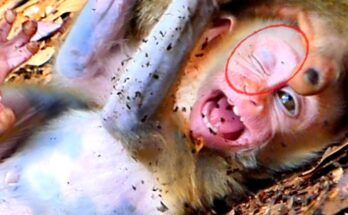
Across the animal kingdom, play is far more than just fun—it’s essential. In the documentary series Animals At Play – Full Season, we follow creatures great and small as they leap, chase, wrestle, and even “play soccer.” But what looks like joyful frolicking is actually a complex behavior rooted in evolution, biology, and survival strategy.
In one particularly fascinating episode, a group of young elephants in Kenya are seen kicking a round fruit across the savanna, taking turns, cheering with trumpets, and running after it with something that looks a lot like team spirit. It’s not just adorable—it’s science in action.
Play, scientists have discovered, is a powerful tool in animal development. It helps youngsters build muscle coordination, practice social roles, test limits, and learn how to interact with others safely. Just like a human child dribbling a ball across a playground, these baby elephants are practicing balance, spatial awareness, and group cooperation—all skills they’ll need to survive as adults in the wild.
Over in the forests of Costa Rica, a troop of capuchin monkeys engages in an elaborate game of chase, swinging from branch to branch with dazzling agility. There’s no food reward, no territorial fight, and no mating display. It’s pure play—and it’s vital. For primates, including humans, play helps form social bonds, teaches empathy, and builds a sense of community.
But what about the “soccer” part?
In Japan, researchers have studied dolphins who pass balls to each other with their snouts, showing signs of anticipation and strategy. In another case, sea lions in aquariums have been observed volleying balls back and forth—sometimes even “scoring goals.” While these actions often happen in captivity or under supervision, they reveal the cognitive flexibility of these animals. The instinct to play isn’t just physical; it’s intellectual.
The series also explores how play affects the brain. Studies show that play boosts dopamine, reduces stress hormones, and strengthens memory. In wolves, play-fighting as pups teaches them the rules of adult combat without real danger. In big cats, chasing leaves or swatting toys mimics hunting behaviors, honing reflexes that are key to survival.
Animals At Play captures these moments with stunning slow-motion footage and insightful narration, revealing how playful behavior connects species across oceans and continents. Whether it’s bear cubs sliding down snowy hills or a raven tossing pebbles just for fun, one message comes through loud and clear: play is nature’s classroom.
And in many ways, it’s also nature’s game.
So, the next time you see a dog playing fetch or a cat chasing a laser pointer, remember—those games mirror behaviors developed over thousands of years. Whether in jungles, oceans, or our own backyards, animals are born to play.
And in doing so, they learn to live.


